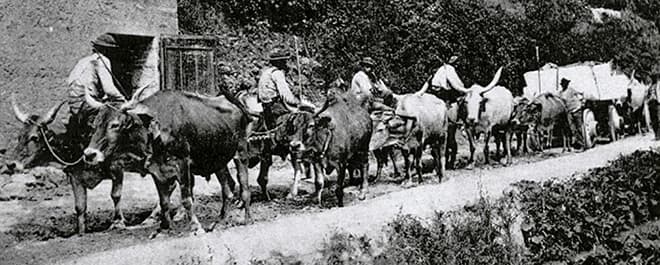
PROCESSING TECHNIQUES, THE HISTORY OF TOOLS AND THEIR USE IN TIME
Marbles from Istria to Venice.
My origin is in Istria, a wonderful land that borders the Alpine chain with an expanse of endless hills where my family owned some quarries. In that area, washed by the Quieto River, we had our quarries of the Roman era; they do not exist anymore because of the neglect of those who succeeded us and because of a lack of suitable means for a rational cultivation. Until the mid-seventies of the last century, before the advent of technology, of mechanical specific tools and of the synthetic diamond cutting, the transport of marble blocks weighing tens of tons to the places of work was a very strenuous challenge.
Venice was mostly built with marbles coming from Istria because of two very simple but fundamental reasons: the first is that the Istria’s stone is a resistant and compact rock, even the power of the sea is hard to corrode this calcareous hard rock, that sinks into the cliffs of the Orsera’s area, a wonderful material to carve; the second reason is that between Istria and Venice there is only the sea and ships were the pride and the main means of transport of the Republic of Venice.
In many territories of the Serenissima Republic, works made in Pietra d’Istria are still largely present today, especially in Venice.

Venice gulf
To carry those heavy weights by land wasn’t only much more difficult and expensive, it also required considerably longer to reach the final destination.
A cart drawn by two pair of oxen and loaded with one and a half ton of marble, needed four days to cover 50 Venetian miles (unit of measure used by the Republic of Venice, about 87 Kilometres), while a Buzo (typical transport ship from which derives the famous name Bucintoro, the ceremony vessel of the Doge) could carry around five cubic meters of marble, i.e. 14 tons in a day and half of sailing from Istria to Venice for a distance of 56 miles (about 100 Km), including loading and unloading!

Il Bucintoro – Francesco Guardi
If you’ve been to Venice, you surely know how full it is with light grey, rock colour marbles, several thousand tons of stones transported by sea, wisely worked for rich Venetian merchants.
This is why most of the major cities of antiquity built with marble were very close to the sea or to large rivers.
Man has learned over the centuries to withstand the necessary exertion, the useless one is only for idiots or for those who have never struggled for a purpose.
This article contains general information. For questions and curiosities leave a comment below. If you wish to be contacted, please fill out the form.




Putri
31 August 2025 at 15:37How did traditional marble quarrying and transportation techniques shape both the craftsmanship and the challenges of the trade before the advent of modern machinery? regards Tel U
Arte 2000 - Paola
3 September 2025 at 11:06The traditional marble quarrying and transportation techniques have allowed them to make the most of and optimize the human and physical resources of the stonemasons, as well as the materials and equipment. They have thus strived to avoid any form of waste. The saying goes: make a virtue of necessity.